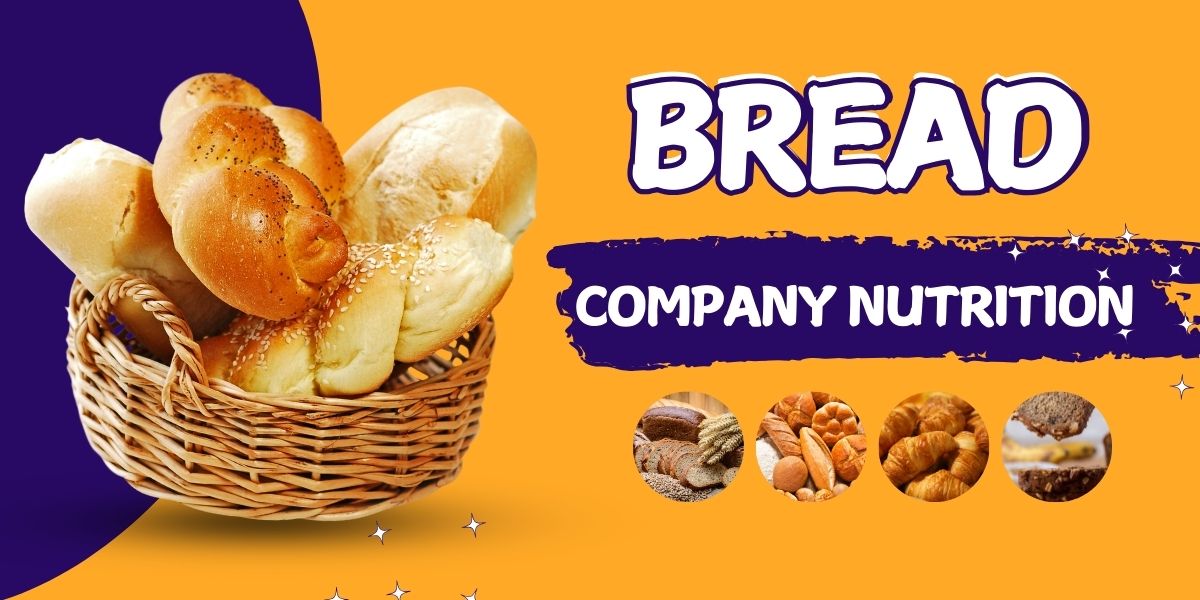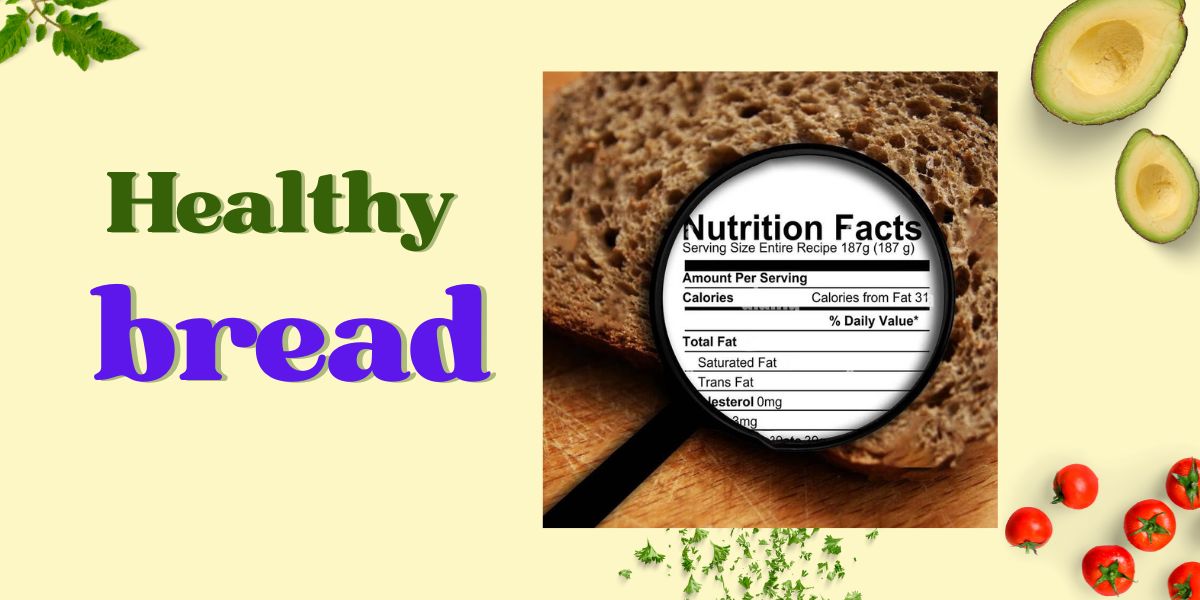Comprehensive Guide to Bread Company Nutrition: Discover the essential nutritional insights behind bread companies and how they create the products you enjoy every day. This guide breaks down the health benefits, ingredients, and key considerations when choosing the best bread products for your diet. Learn everything from whole wheat to multigrain options and how modern bread companies are adapting to dietary trends.
Introduction:
Bread is a staple in many diets around the world. Whether it’s part of your breakfast, lunch, or dinner, the bread you consume plays a vital role in your daily nutrition. With numerous bread companies offering a wide range of options, understanding the nutritional value of these products is more important than ever. From whole wheat to sourdough, each type of bread offers different health benefits, and knowing which one aligns with your dietary needs can be the key to a healthier lifestyle. In this article, we will dive deep into the nutritional aspects of bread, how bread companies formulate their products, and the key factors to consider when choosing the right bread for your health.
1. The Basics of Bread: What Makes It Nutritious?
- A brief history of bread and its cultural significance.
- Common ingredients used in bread production.
- How bread companies balance taste and nutrition.
2. Nutritional Components of Bread: A Breakdown
- Carbohydrates: Energy for your body.
- Proteins: Building blocks for muscle and tissue.
- Fats: Good vs. bad fats in bread products.
- Fiber: Why fiber-rich bread is a better choice.
- Micronutrients: The role of vitamins and minerals in bread.
3. Types of Bread and Their Nutritional Value
- White bread vs. whole wheat bread.
- Multigrain bread: Is it healthier?
- Sourdough, gluten-free, and other specialty breads.
- Low-carb and high-protein breads: Are they worth it?

4. The Role of Bread Companies in Promoting Healthy Eating
- How bread companies are evolving to meet modern dietary needs.
- The rise of organic, non-GMO, and gluten-free bread products.
- Bread fortification: Adding nutrients like calcium and iron.
5. How to Read Bread Labels: A Guide for Health-Conscious Consumers
- Understanding ingredients and nutritional facts.
- What to look for in a healthy bread label.
- How to identify misleading marketing claims.
6. The Impact of Bread on Your Overall Health
- Bread and its effects on weight management.
- The relationship between bread and heart health.
- Managing blood sugar levels with the right type of bread.
7. Bread in Special Diets: Choosing the Right Bread for You
- Bread for athletes: Carbs, protein, and energy.
- Bread for diabetics: How to choose the best options.
- Vegan and vegetarian-friendly bread choices.
8. How to Incorporate Healthy Bread into Your Diet
- Creative ways to include bread in your meals.
- Healthy bread recipes to try at home.
Conclusion:
Bread companies today are working hard to create healthier options without compromising taste. Whether you are looking for something to fuel your workout, manage your weight, or maintain a balanced diet, there is a bread out there that suits your nutritional needs. Understanding the ingredients and nutritional value of bread can help you make informed choices, ensuring that you pick products that align with your health goals. Next time you’re at the store, take a moment to read the label and choose wisely!

FAQ Section:
- What makes whole wheat bread healthier than white bread? Whole wheat bread is made from the entire grain, preserving the fiber, vitamins, and minerals that are stripped away in white bread. This makes it a more nutritious choice, offering better digestive health and long-lasting energy.
-
Is multigrain bread really better for you?
Multigrain bread can be a good choice if it contains a variety of whole grains. However, it’s important to check the label, as many multigrain breads may still be made with refined flour and may not offer significant nutritional benefits.
-
What should I look for in a healthy bread label? Look for whole grains as the first ingredient, minimal added sugars, high fiber content, and no artificial additives or preservatives. Additionally, check the calorie and fat content to ensure it fits into your dietary plan.
-
Can bread be part of a low-carb diet? While traditional bread is high in carbohydrates, there are now low-carb bread options available. These are often made with alternative flours like almond flour or coconut flour and are suitable for low-carb diets.
-
Are there any gluten-free bread options available?
Yes, many bread companies now offer gluten-free bread options made from rice flour, tapioca flour, or almond flour, which are suitable for individuals with gluten intolerance or celiac disease.
